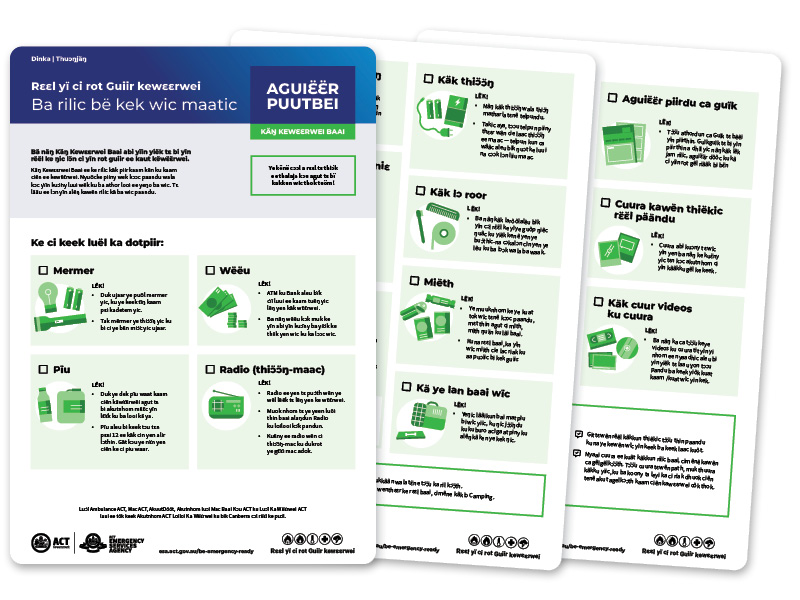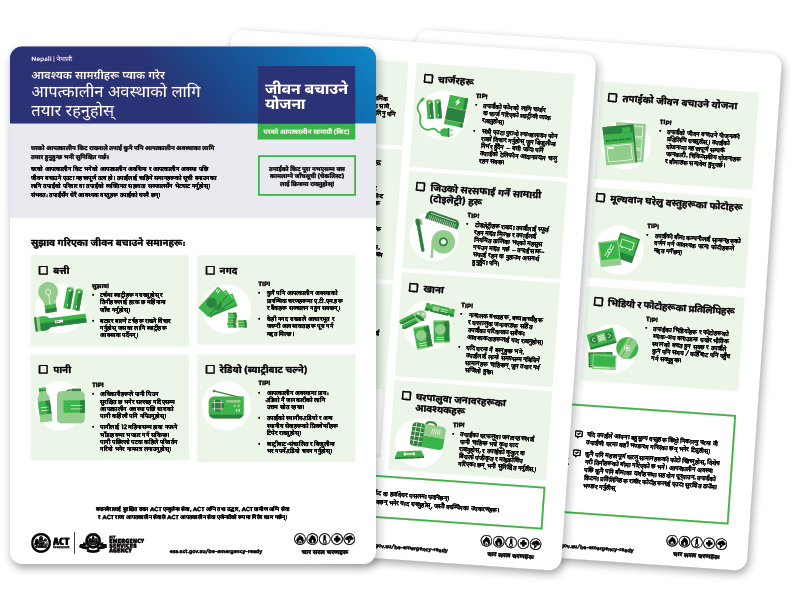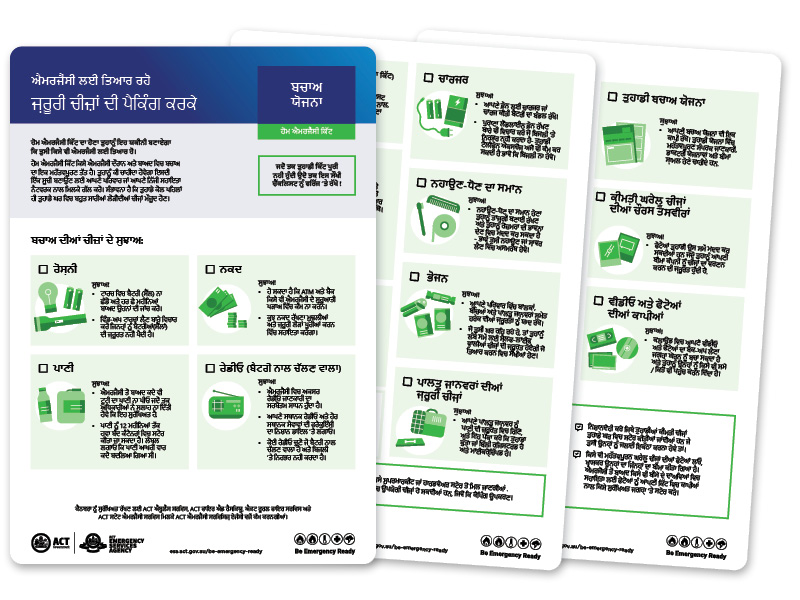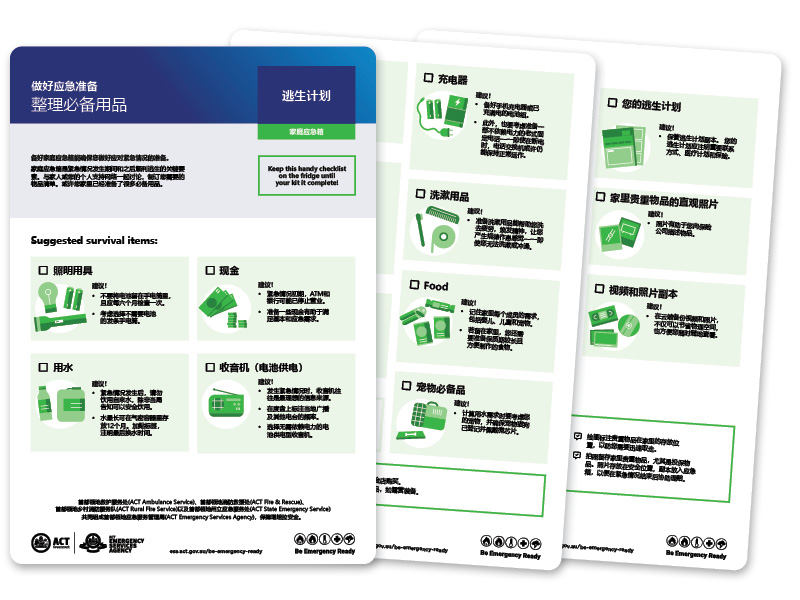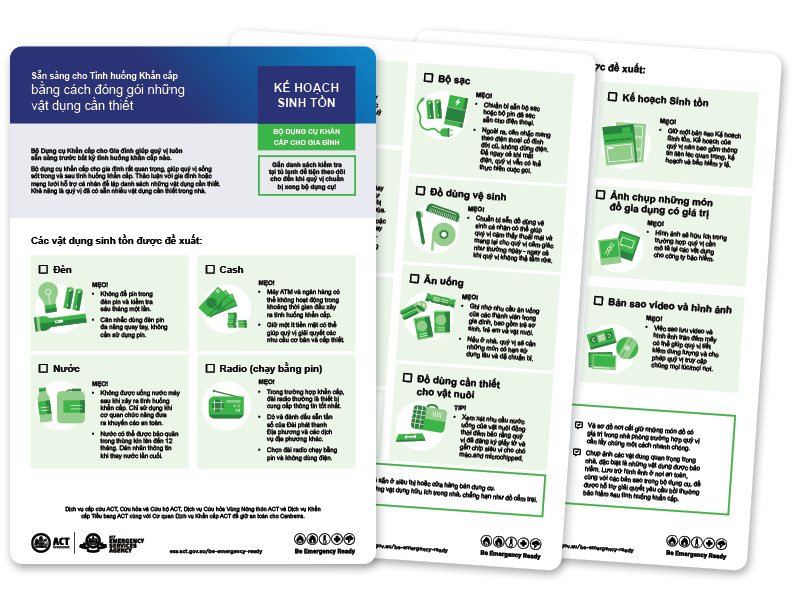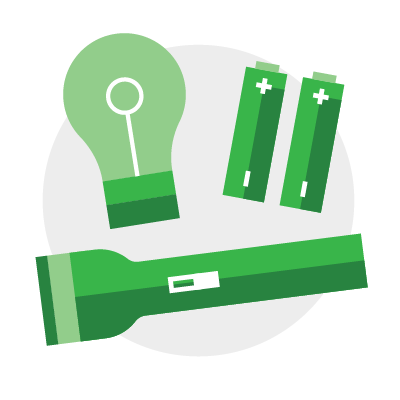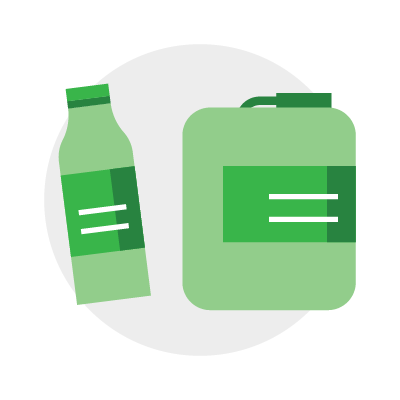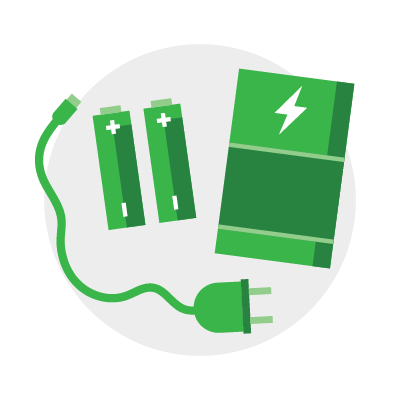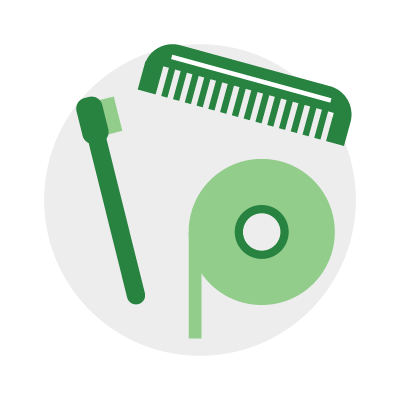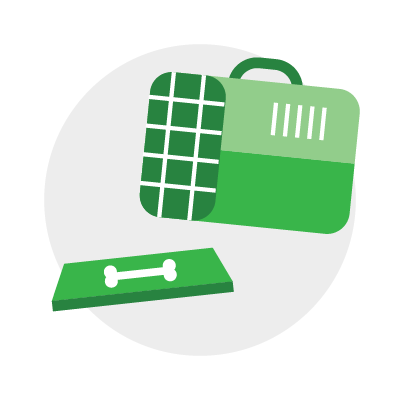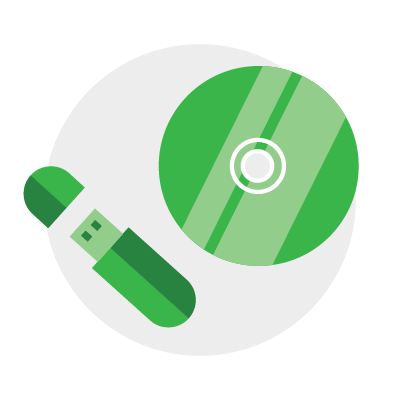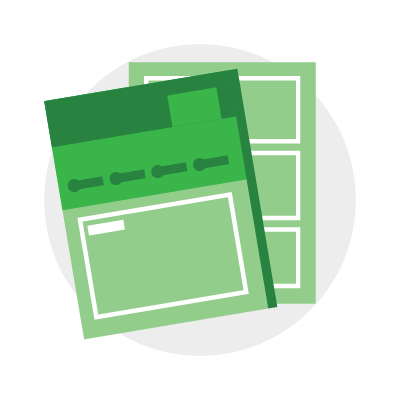A Home Emergency Kit is a collection of items you and your family might need in an emergency.
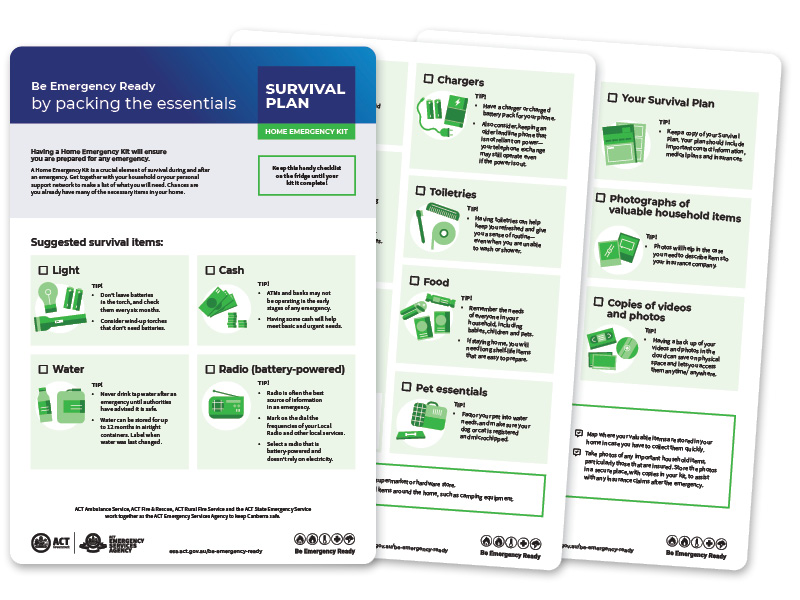
See translated resources at the bottom of this page for alternative versions of these documents including Easy English.
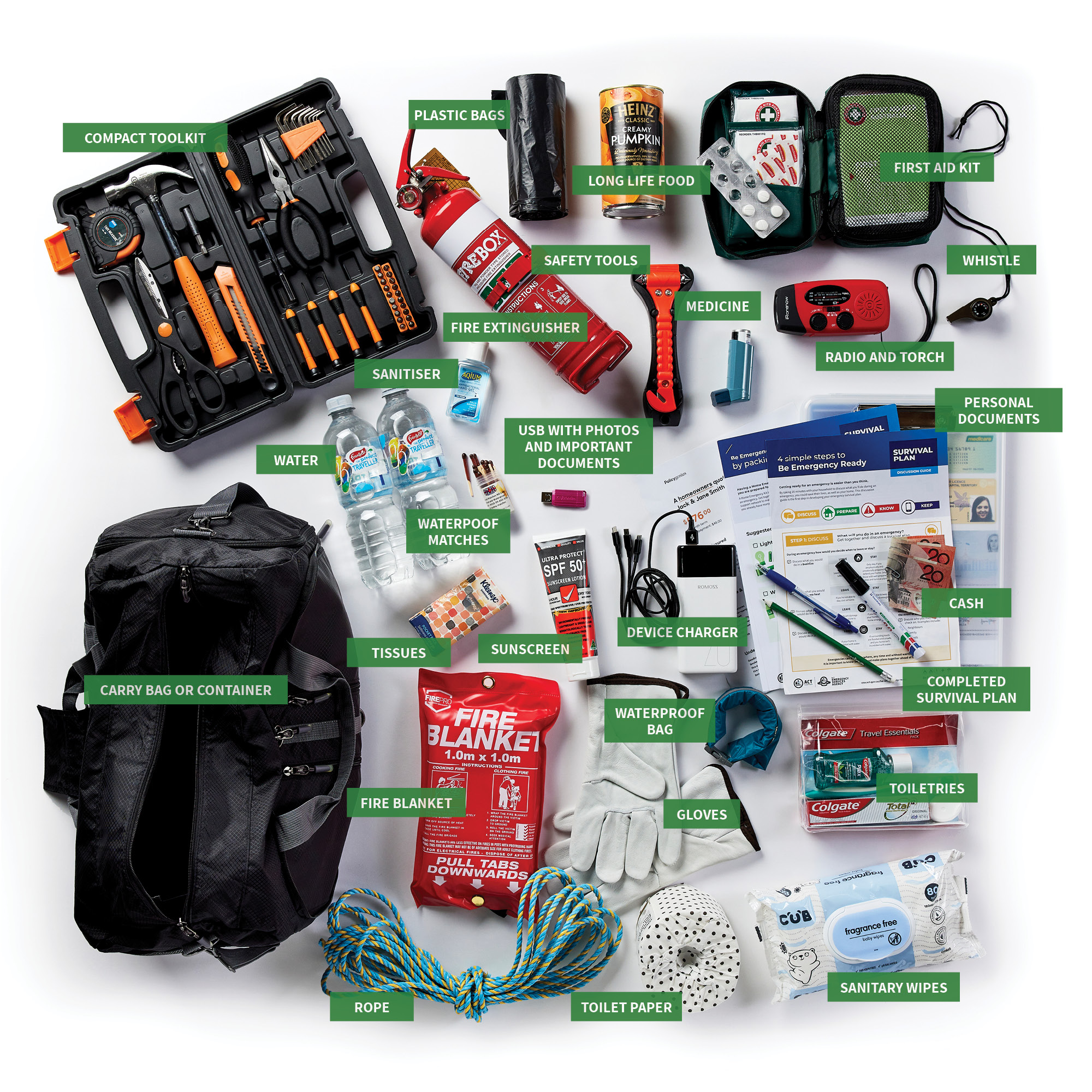
What should I include in my Home Emergency Kit?
You can customise your kit to suit the needs of you and your family. Here are some ideas for items to include.
Suggested survival items:
| Light Don't leave batteries in the torch, and check them every six months. Consider wind-up torches that don't need batteries. |
| Cash ATMs and banks may not be operating in the early stages of any emergency. Having some cash will help meet basic and urgent needs. |
| Water Never drink tap water after an emergency until authorities have advised it is safe. Water can be stored for up to 12 months in airtight containers. Label when water was last changed. |
| Radio (Battery Powered) Radio is often the best source of information in an emergency. Mark on the dial the frequencies of your Local Radio and other local services. Select a radio that is battery-powered and doesn't rely on electricity |
| First Aid Kit As well as buying a household or car first aid kit, it's also a good idea to do first aid training. |
| Chargers Have a charger or charged battery pack for your phone. Also consider, keeping an older landline phone that is not reliant on power— your telephone exchange may still operate even if the power is out. |
| Protective Clothing/Blankets Consider clothes with long sleeves and pants that are made from natural fibres and keep seasons in mind. Try to pack sturdy shoes or boots and heavy-duty gloves. Remember sunscreen, insect repellent, and wide-brimmed hats. |
| Toiletries Having toiletries can help keep you refreshed and give you a sense of routine— even when you are unable to wash or shower |
| Special medical supplies or equipment Consider what medications or supplies you might need and include these Create a list with their title, dosage and copies |
| Food Remember the needs of everyone in your household, including babies, children and pets. If staying home, you will need long shelf-life items that are easy to prepare. |
| Pet essentials Factor your pet into water needs, and make sure your dog or cat is registered and microchipped. |
Suggested recovery items:
| Scans or photocopies of important documents It's a good idea to have a back-up copy of documents securely stored in an alternative place to home, perhaps in a locked drawer at work, with a family member, or stored in the cloud. Consider these documents:
|
| Your Survival Plan Keep a copy of your Survival Plan. Your plan should include important contact information, medical plans and insurances. |
| Photographs of valuable household items Photos will help in the case you need to describe items to your insurance company. |
| Copies of videos and photos Having a backup of your videos and photos in the cloud can save on physical space and lets you access them anytime/ anywhere. |
Watch: See the steps to complete your Survival Plan.
Easy English

Translated Resources

